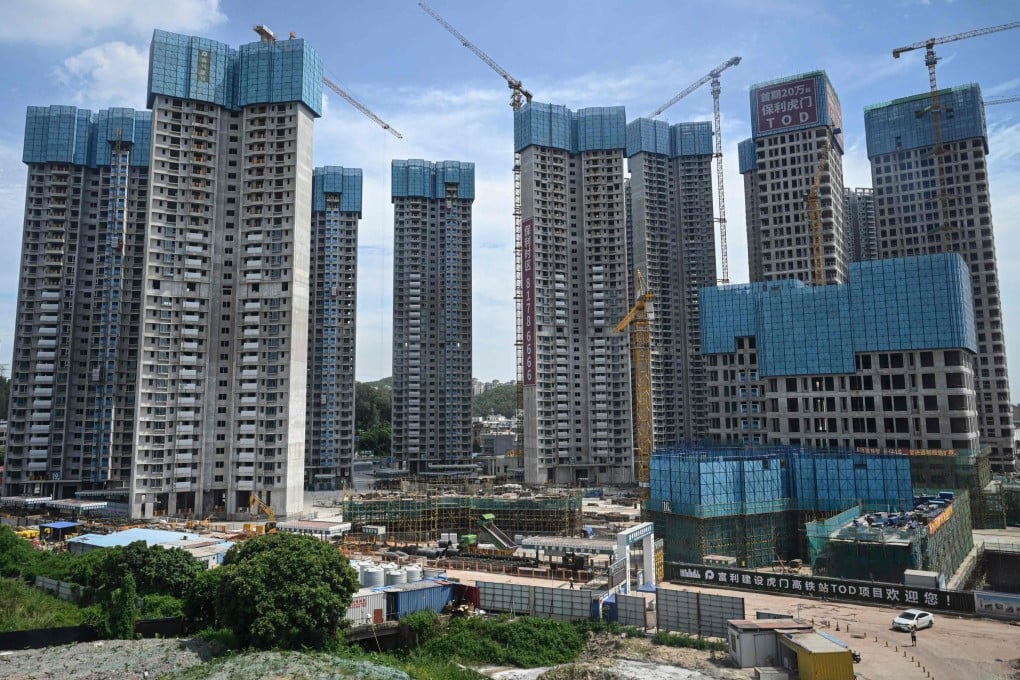Advertisement
Opinion | How lack of a property tax left China open to a housing bubble
- Local governments’ reliance on a hot property market to sell land and cheap, available credit have been blamed for the bubble, but other factors have been at play
- Even a property tax as low as 0.5 to 1 per cent could have helped prevent the bubble that is disrupting China’s economy from forming
Reading Time:3 minutes
Why you can trust SCMP
2

Now that the property bubble has burst in China, it is time to examine why the bubble formed and grew to such an enormous size in the first place.
Analysts often mention three factors – the reliance of local governments on a hot property market to sell land, cheap credit, and the availability of credit. However, I feel a more relevant factor is the zero holding cost, or the absence of a property tax. Let’s look at these four factors in turn.
First, local governments. While it is true that local governments across the country might want to create and maintain a hot property market to sell land, collect taxes and create jobs, there is nothing they can do at a macro level. They have no levers to pull.
But, at the national level, a clampdown on high property prices has been in place for about a decade. For example, the government has effectively banned property “flipping” in many big cities. These cities have also imposed price ceilings, stopped non-residents from entering the market and prevented residents from buying second homes. Where second homes are allowed, heavy penalties have been imposed.
Second, there is the cheap credit for builders and homebuyers. In the past decade, mortgage interest rates have generally stayed in the 4 to 6 per cent range against an average inflation rate of 2 to 3 per cent. Given low default ratios, these interest rates should be regarded as broadly fair. Builders generally pay 5 to 8 per cent to banks, and it is hard to say these rates are outrageously low.

Moreover, these rates do not seem unfair against a one-year fixed-term bank deposit interest rate of around 3 per cent and the banking sector’s interest margin. Apart from bank deposit interest rates, all other interest rates in China have long been liberalised and are therefore market driven.
Advertisement
Select Voice
Choose your listening speed
Get through articles 2x faster
1.25x
250 WPM
Slow
Average
Fast
1.25x
